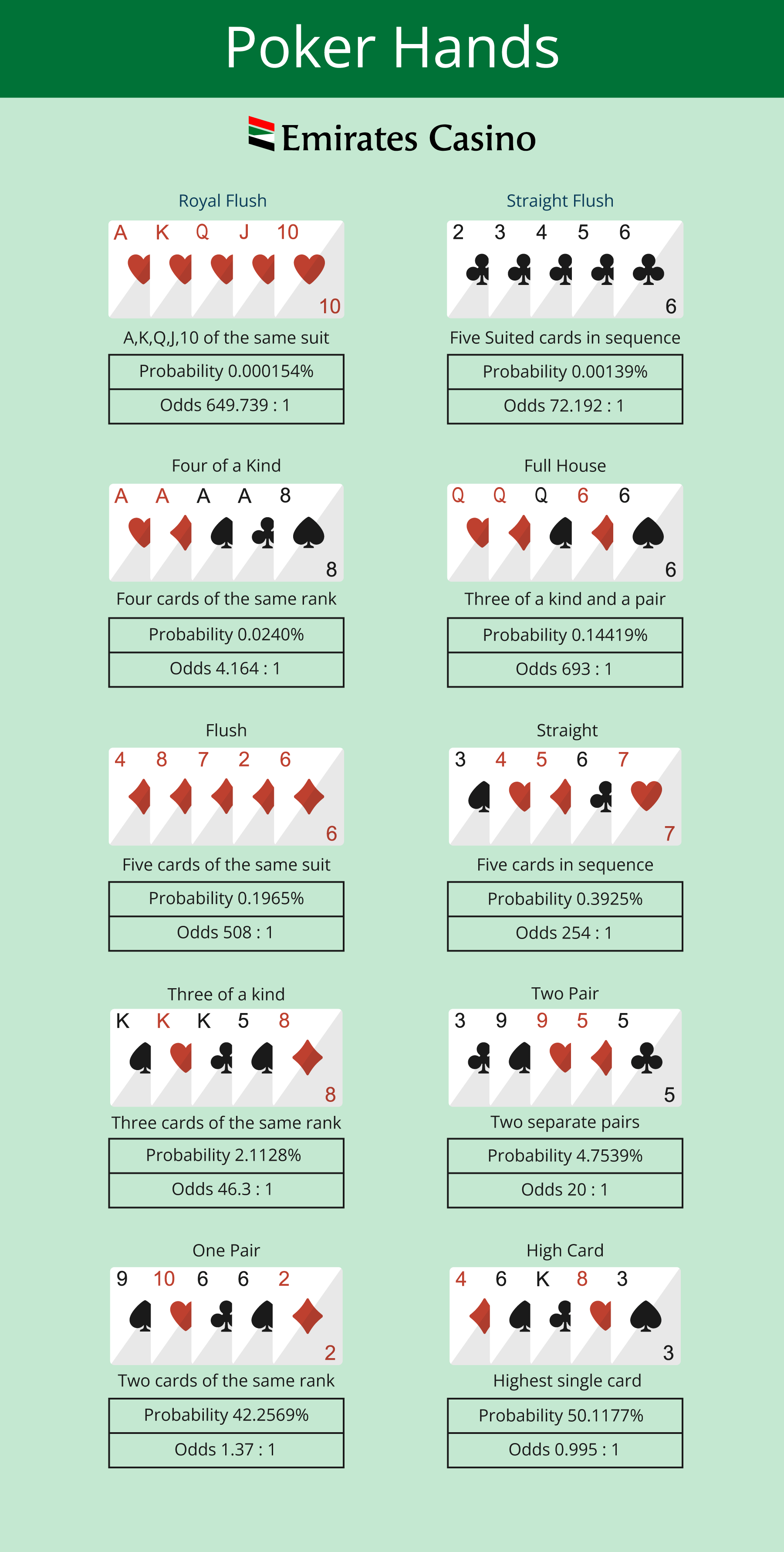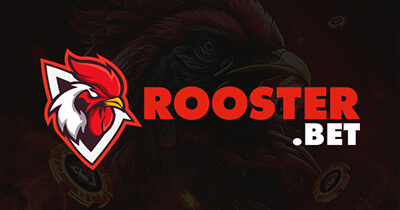What Will You Learn Using Our Poker Strategy Guide?
Poker barely needs any introduction. It’s a popular card game that exists not only in the online casino world but is also one of the oldest card games. Its culture extends even to the film industry—where it’s easy to find a poker card game scene with whiskey and cigars in a dimly lit room.
Beginner Poker Strategy: 6 Important Tips
There are certain essential steps that will go on to be the foundation of your poker betting strategy.
- Get familiar with the bets, payouts, odds, and rules.
- Know the game variants and choose one wisely.
- Manage your bankroll – set your win and loss limits before you sit down
- Set time limits – walk away before you’re tired, or it stops being fun
- Remember your position affects your approach
- Know and use poker terminology
Basic Poker Strategy
A basic strategy involves practicing and adapting your decision-making style. The key to any beginner approach to poker is to understand your position, its strength, and how that affects your bets.

Playing Styles: 4 Approaches to Poker
There are four attributes to poker playing styles that define your approach. Most players are a mix of two of the four, such as tight-aggressive or loose-passive.
- Tight
Tight players are selective about which hands they play. They’ll fold if they don’t think the hand is playable.
- Loose
A loose player doesn’t discount many starting hands, which means they bet more often and don’t fold much.
- Aggressive
The aggressive player will strongly back a hand with raises and not just call bets. It combines well with the tight style, allowing you to bet more on the hands that are playable.
- Passive
Passive players stick to checking and calling bets. They focus on the risks and don’t contribute much to the pot.
How to Know When to Raise
Knowing when to raise is all about knowing the strength of your position and your hand. Early positions mean you can’t collect much information about your fellow players. However, middle and late positions give you the opportunity to see off less confident players by raising.
How to Know When to Call
As an experienced poker player, you’ll end up folding most hands in an early position and raising on the rest of them. However, to get practice or as a beginner, you’ll want to adjust that rule for casual games. In this case, you should fold hands with low-value cards but call good hands from an early position.
Understanding the Pot Odds
Understanding the reward to calculate the risk is crucial for beginner poker strategy. The pot odds are the amount you stand to win for every dirham you need to commit. If the pot is currently 1,000 dirhams and your call is 250 dirhams, the odds are 1,000:250 or more, simply 4:1 or 20%.
Playing the Player – A Psychological Game
Another crucial element of a poker betting strategy is observing other players. Your hand might be good, but its value is determined by the other hands at the table. Observe your opponents inform your next move. Look out for aggressive or passive play patterns that indicate whether they’re playing a big hand or not.
Advanced Strategies for Poker
Taking things up a notch from beginner poker strategy means looking at advanced techniques. It involves increasing your awareness and observations in a game and how to take advantage of your opponent’s mistakes.
What Is Bluffing?
When perfecting the best poker strategy, you’ll want a mixture of tools to use, including bluffing. Bluffing in poker is acting or betting to get your opponent to fold a hand that’s better than yours.
How To Bluff
Include these aspects in your game to bluff successfully.
- Get rid of your tells – it’s called a poker face for a reason; keep your expression and actions neutral
- Be deliberate – be consistently slow and deliberate in your moves no matter what you have in your hand
- Find the right bet size – a bluff is meant to see off your opponents. Finding the right bet size (large but not too large) will encourage more folds.
- Calculate the risk before you bluff – sometimes, it takes more than one bet to see your bluff through, so work out roughly how far you’ll need to go to pull it off.
What Is GTO (Game Theory Optimal)
GTO means you attempt to play a perfect poker game that can’t be exploited by your opponents. The approach means using value bets, bluffs, and semi-bluffs when needed. You don’t seek holes in your opponent’s game, but you’ll gradually profit from their imperfections.
How To Master GTO
GTO is a useful component of a heads-up poker strategy. Add these elements to master it.
- Use 3-bets (re-raise pre-flop) – when you re-raise before the flop, you can narrow the field by getting your opponent(s) to fold.
- Add bluffs – use the bluffing techniques above to bluff and semi-bluff
- Focus on ranges and frequencies – think of your cards and your opponents’ cards in terms of possible hands (flush, top pair, or ace-high), not the specific hand to make your decisions.
Hand Reading
Hand reading doesn’t involve psychic abilities; it’s a logical deduction. If you’ve studied a poker strategy chart, you’ll know to work in ranges of possible hands. After the pre-flop betting round and during the post-flop rounds, you can make deductions based on your opponents’ actions to rule out some hands and put others in the ‘maybe’ or ‘definitely’ range. By the river, you can make an informed decision.
Tells
Your online poker strategy will rely on hand reading through observations from betting action. However, in a live setting, you can use tells (information obtained from other behavior) to enhance your deductions. First, establish how a player normally acts. After that, look out for changes in the behavior and observe whether they link to strong or weak hands.
Levelling
Poker involves players trying to anticipate each other’s moves. You think of what they’re thinking, they think what you might be thinking, and then you think about what they’re thinking you think. It sounds strange, but this is leveling. It’s easy to get carried away, at which point leveling doesn’t give you an advantage.
Which Poker Strategy Should You Choose?
The strategy you choose will depend on the variant you play and your ability.
The Best Strategies When You’re New to Casino Poker
When you’re new to poker, you can try these strategies:
- Blocker bets – make smaller bets to prevent being forced into bigger ones. Use it only against other beginners.
- The squeeze – when playing against those who are above beginners, squeeze them out at the right moment with an early raise and re-raise.
Poker Strategies for Pros
Besides using our guide above, you can try these advanced tips in your poker tournament strategy.
- C-betting – continuation betting means raising pre-flop and continuing aggressively by betting on the flop.
- Over bet – when you have the nut advantage, overbet for maximum fold equity.
Video Poker Strategy
Try these tips to form a video poker strategy.
- Know the paytables and play max coins – most video poker games only offer the top payouts when you bet the max.
- Use charts to know when to break – use mathematical charts to know which cards to hold or discard.
Poker Tournament Strategy
Use these tips for your online poker tournament strategy.
- Avoid early bluffs and c-bets – don’t lose your chip stack in the early stages with big bets that are risky
- Look for post-flop potential – go for big rewards and small risk hands early on
Poker Strategies That Got the Most Wins
Let’s take a look at players on the all-time money list for poker.
- Justin Bonomo – has winnings of over $60,000,000 and is said to practice with poker solvers for a GTO approach
- Bryn Kenney – has won over $50,000,000! He’s known for pulling off bluffs but plays his cards close to his chest when it comes to strategy.
General Beginner Mistakes To Avoid
Practice is the key to getting better at poker. Start by finding a variant you like and then mastering the basics, especially making decisions based on your position. Most importantly, when you play, make sure you play responsibly.











